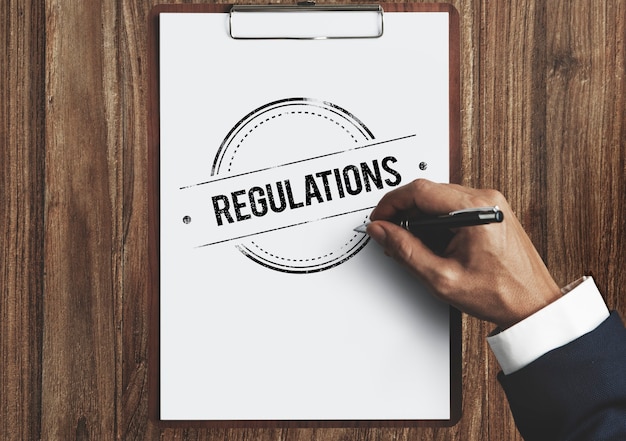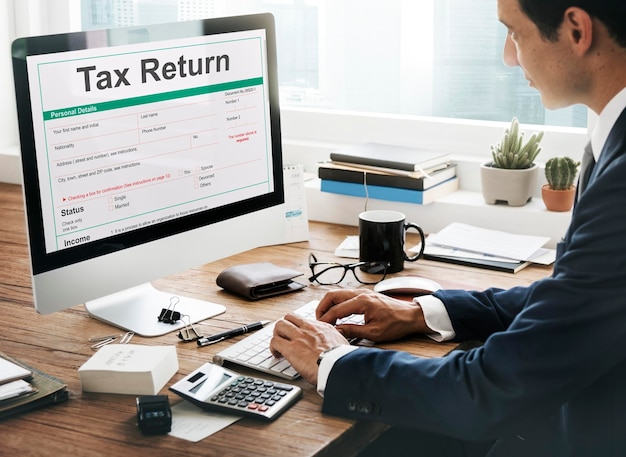The Employee Retention Credit (ERC) is a tax credit that was introduced as part of the CARES Act in 2020 to help small businesses retain their employees during the COVID-19 pandemic. For wages given to qualified employees between March 13, 2020, and December 31, 2021, employers who participate in the ERC are entitled to receive a refundable tax credit of up to $5,000 per worker. The credit has since been extended and expanded under subsequent legislation, making it an important resource for small businesses that have struggled with the economic impact of the pandemic.
As a small business owner, you may be wondering if you are eligible for the ERC and how to go about claiming it. This guide will walk you through the eligibility requirements, calculation, and application process for the ERC. We’ll also answer some common questions about credit and provide tips for maximizing your benefit. If you’re a small business owner looking for ways to retain your employees and stay afloat during these challenging times, read on to learn how the ERC can help.
Eligibility Requirements
The eligibility requirements for the ERC are determined by the IRS and are based on several factors, including the size of the business, the impact of the pandemic on the business, and the number of wages paid to employees during the qualifying period.
Employers who had a significant drop in gross receipts compared to the same quarter in 2019 were considered eligible for assistance under the CARES Act. This condition was determined by two factors: first, whether the employer had a whole or partial suspension of activities as a result of a government order linked to COVID-19, and second, whether the firm had had a considerable decrease in gross receipts. Subsequent legislation has expanded eligibility to include employers that experienced a decline in gross receipts of at least 20% in any quarter of 2020 or 2021 compared to the same quarter in 2019, among other criteria.
It is important for small businesses to carefully review the eligibility requirements for the ERC to determine if they qualify for the credit. This will help ensure that they can maximize their benefits and receive the financial support they need to retain their employees and stay afloat during these challenging times.
ERC Calculation
The ERC is calculated as a percentage of qualified wages paid to employees during the eligible period. The credit rate is 50% of qualified wages for the first half of 2021 and 70% of qualified wages for the second half of 2021. The maximum amount of qualified wages that can be taken into account for each employee is $10,000 per quarter, which means the maximum credit per employee is $5,000 for the full year.
The maximum amount of the ERC is $5,000 per employee for the full year. This means that if an eligible employer pays qualified wages of $10,000 to an employee during the eligible period, they can claim a credit of $5,000 for that employee.
To claim the ERC, eligible employers can reduce their federal employment tax deposits or request an advance payment from the IRS. If the credit exceeds the employer’s federal employment tax liability, they can request a refund for the excess amount. It’s important to note that employers cannot claim the ERC and the same wages for other relief programs like the Paycheck Protection Program (PPP).
How To Apply For The ERC?
To apply for the ERC, eligible employers can claim the credit on their federal employment tax returns, including Form 941 or Form 943, for the eligible quarters. They can also request an advance payment of the credit by filing Form 7200 with the IRS. Eligible employers should consult with their tax advisor or accountant to determine the best method for applying for credit.
Documentation Required
To support their claim for the ERC, eligible employers must maintain documentation that shows the number of employees and the number of qualified wages paid to them during the eligible period. The documentation should also show the impact of the pandemic on the business, such as government orders or significant declines in gross receipts.
Deadline To Apply
The deadline to apply for the ERC is generally three years from the date the federal employment tax return is filed or two years from the date the tax is paid, whichever is later. Eligible employers should file their employment tax returns and claim the ERC as soon as possible to maximize their benefits.
It is important for small businesses to understand the application process for the ERC, including the documentation required and the deadline to apply.
Conclusion
The Employee Retention Credit (ERC) is a valuable financial relief option for eligible small businesses impacted by the COVID-19 pandemic. To successfully apply for and receive the ERC, small businesses must meet the eligibility requirements, understand how to calculate the credit, and follow the application process, including providing the necessary documentation.
The ERC can provide small businesses with much-needed financial support to retain their employees and sustain their operations during these challenging times. It is important for eligible businesses to take advantage of this program and consult with their tax advisor or accountant for guidance on how to maximize their benefits.
By following the guidelines outlined in this guide on how to apply for and get the Employee Retention Credit (ERC) for small businesses, eligible employers can receive the necessary financial support to navigate the pandemic and emerge stronger in the future.
Additionals:
























